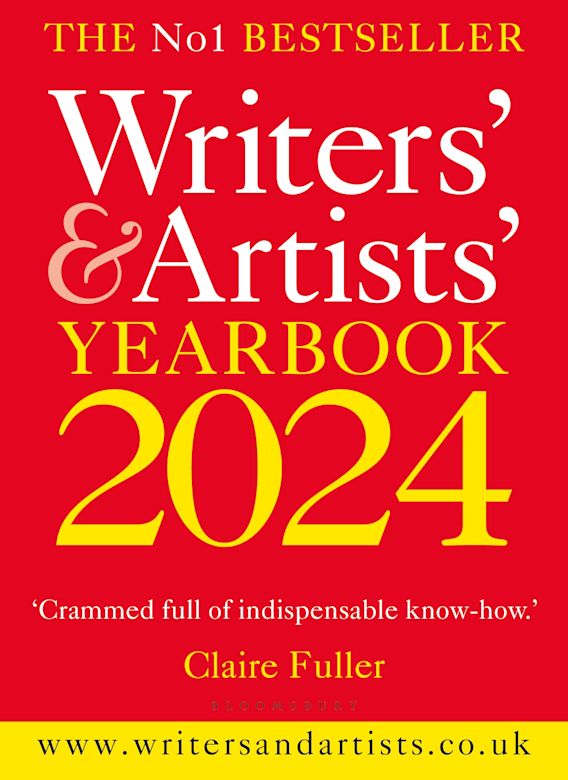Freelance designer Catherine Lutman guides you through the purpose and process of book design.

The design of the internal pages is a delicate balancing act between many factors:
• Typography – the art and technique of arranging type. The designer will decide the style and organisation of all the words in the book, including titles, headings, sub-headings, body text, quotes, featured text, tables, captions, indents, footnotes, running heads and/or footers and page numbers.
• Hierarchy – the organisation of elements on the page according to their importance or the order in which they should be read. Hierarchy helps us navigate the book and process the content. It can be achieved through the use of scale, weight, colour and spacing.
• Margins – these perform several functions in the book. Margins provide space for the reader to hold the book; they keep the text block or content away from the gutter (the inner margin of a book); they make the book visually appealing and reserve space for running heads, footers and page numbers. A larger margin is usually found at the inner edge than at the outer, as the binding means the book does not lay completely flat.
• Grid – a structure of lines that aid the designer in organising and aligning the page elements.
• Baseline grid – designers can choose to align some or all of the text to a baseline grid. When text is aligned in this way, subconsciously readers perceive pages as neater and more harmonious.
• Leading (line spacing) – the vertical space between lines of text. It should feel comfortable to the eye.
• White space – a well-balanced page layout will include generous white space. Resist the temptation to overcrowd the page in order to keep the extent down.
• Measure (line width) – the designer takes care that the width of the text blocks, and therefore number of words on a line, is comfortable for the reader to scan. Where a single block would be too wide, columns of text can be used.
• Imagery – the scale, position and type of imagery is fundamental to how the content is experienced. If an image is placed across a double-page spread, care must be taken that important details (such as one or more people in the image) are not lost in the gutter.
• Tables, charts and graphs – these need to display information effectively and accurately and can add interest to the layout.
• Colour scheme – the choice of colours in two- and four-colour books is integral to the design. Choosing to publish a book in colour has cost implications but, in a children’s picture book for example, it is usually a matter of necessity.
• Extent – the total number of pages in the book. The extent is made up of signatures or sections; each of these is a sheet of paper folded into eight, 16 or 32 pages. Therefore, the extent of the book will jump up in these increments. Designers bear this in mind as they work with the layouts to make sure the layout fills the sections.
• Paper – the choice of coated or uncoated paper and the weight and colour of the paper are all design decisions. A bulky, non-reflective, uncoated paper may be preferable for a novel, whereas a full-colour photography book may print best on a bright white, coated paper.
Catherine Lutman is an award-winning freelance designer, art director and design manager based in London. She has 20 years’ experience in the publishing industry and has worked with many of the world’s leading publishers. Catherine specialises in the design of non-fiction, reference and illustrated books on a wide range of subjects from artist’s monographs to children’s reference. A selection of her work can be seen at www.catherinelutman.com.
Fuller versions of this article can be found in the Writers’ & Artists’ Yearbook 2024 and Chapter 3 ‘Design: from manuscript to finished book’ by Catherine Lutman in the Writers’ & Artists’ Guide to Self-Publishing.
Comments